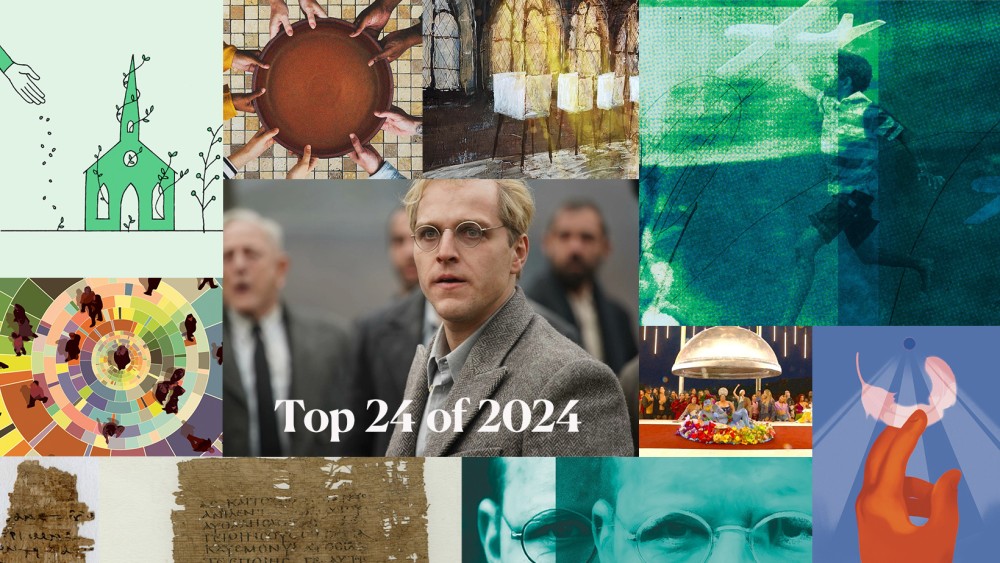Our top 24 of 2024
Happy new year! Here are the Century articles from last year that enjoyed the most online readers.

1. Mac Loftin: The new Bonhoeffer movie isn’t just bad. It’s dangerous.
By egregiously misreading Dietrich Bonhoeffer’s moral crisis, it primes viewers for violence.
2. Wendell Berry: Against killing children
We have become a society of people who cannot prevent our own children from being killed in their classrooms—and who do not much mind the killing of other people’s children by weapons of war.
3. Brandon Ambrosino: Jesus among the drag queens
Those who are offended by the Opening Ceremonies tableau should take another look at their New Testaments.




